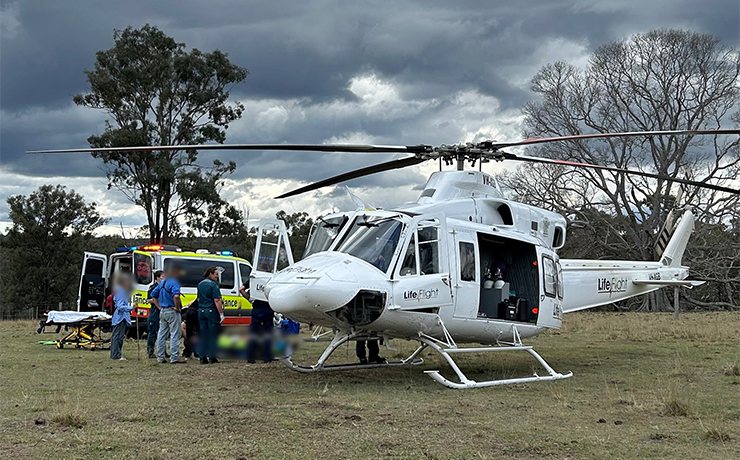
January 30, 2018
Farmers and other South Burnett residents have been urged to report sightings of a water weed found for the first time in the area recently.
Cabomba (Cabomba caroliniana) has been described as one of the worst water weeds in Australia because of its invasiveness, potential for spread, and economic and environmental impacts.
It is a Category 3 restricted invasive plant under the Biosecurity Act 2014 and can significantly reduce water storage capacity and taint drinking water supplies.
In the past, Cabomba was sold as an aquarium plant and its spread has been blamed on people dumping plants from fish tanks and garden ponds into local waterways and dams.
The presence of Cabomba in the South Burnett was confirmed by the Queensland Herbarium after a sample was submitted by the Council for identification.
“Council’s Natural Resources Management officers recently responded to concerns raised by a landowner that he may have Cabomba growing in a farm dam on his property near Nanango,” Mayor Keith Campbell said.
“Council will now be undertaking surveillance of dams and waterways in the surrounding catchment area to determine the extent of the infestation and identify the risk of further spread to new areas.
“Cabomba is a water weed that grows quickly and produces vast amounts of submerged plant material.
“We are asking all landowners to inspect their farm dams, ponds and waterways.”
Cabomba can look similar to native Fanwort, with underwater leaves divided into fine branches, giving them a feathery fan-like appearance.
If in doubt, Council’s NRM officers are available to confirm the identification.
Council is encouraging landowners across the South Burnett to familiarise themselves with the identification of Cabomba and report any suspicious plants to Council as a priority.
Reports to Council will assist in mounting a response against this new regional biosecurity threat.
For identification, to report possible sites or to find out further information, contact Council’s NRM officers on (07) 4189-9100 or visit Council’s website


























I’ve got some sort of weed in the dam. Never seen it before in 22 years. What is it?
Russell, phone DAF on 13-25-23